- Importance: Each plant species has an optimum temperature range. Heating devices
will maintain the temperature within that range during periods of cold weather.
*Types of heat loss from a greenhouse: - Conduction = Heat transfer either through an object or between objects in contact. Conduction depends on area, path length, temperature differential and physical properties of the object(s). Example: Heat loss through the glazing material on the greenhouse.
- Convection = Heat transfer by the movement of warm gas or liquid to a colder location. Convection depends on temperature differential. Example: Movement of warm air near the plants upward toward the roof.
- Radiation = Heat transfer between separated objects. Radiation occurs from all objects and depends on the areas, temperatures and surface characteristics of the objects involved. Example: Heat transfer from all objects in the greenhouse.
It is important to be able to estimate the heat loss from the greenhouse in order to choose the correct size of heater to replace that heat. Although radiation and convection transfer heat around the greenhouse, the main type of heat loss from a greenhouse is through conduction, i.e., the heat loss through the glazing material.
*The basic system: Consists of a fuel burner, heat exchanger, distribution system and controls. Heat delivery to the crop is by convection and radiation. The fuel = usually burn natural gas, but can also use oil, coal, wood, etc.
*The basic system: Consists of a fuel burner, heat exchanger, distribution system and controls. Heat delivery to the crop is by convection and radiation. The fuel = usually burn natural gas, but can also use oil, coal, wood, etc.
- Heating by hot water or steam: Hot water or steam can be produced using boilers fired by natural gas, etc. The hot water or steam is then transported throughout the greenhouse in pipes. The pipes can end in a heat exchanger where a fan distributes heated air. The pipes can run along the floor and also be used as cart rails between aisles. Heat will then rise upward through the crop by convection. Heat pipes can also be positioned within the crop to steer plant growth . Heated tubes can create “bottom heat” for propagation or growing.
- Heating by hot air: Fuel is burned to heat air that is then distributed by fans around the greenhouse. Horizontal air flow (HAF) fans circulate warm air above the crop. Fan jet systems, with unit heaters or heat exchangers and perforated polyethylene tubes, distribute warm air and improve air movement and ventilation throughout the greenhouse.
- Moveable nighttime insulation: Insulating material (cloth or film curtains) can be positioned above the crop or near the roof to retain heat near the crop. The insulating material used during the night can be the same material used for shading during the day.
























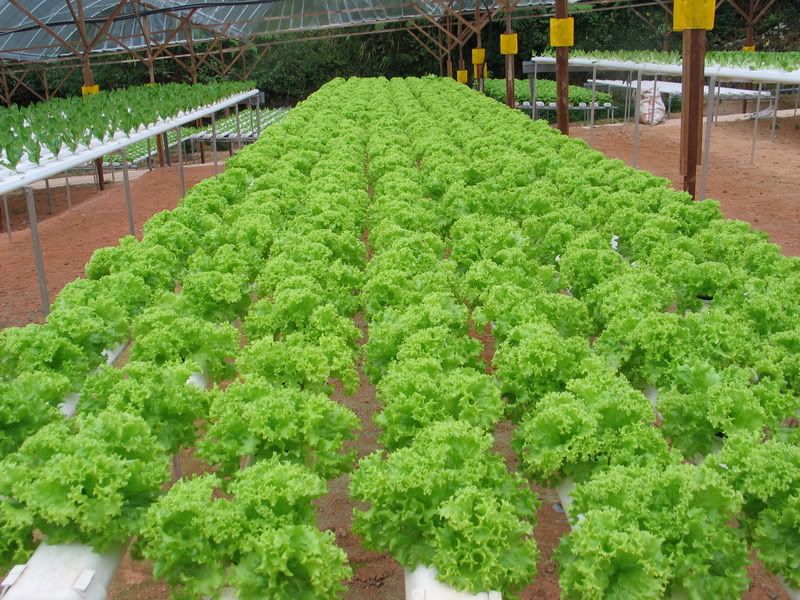
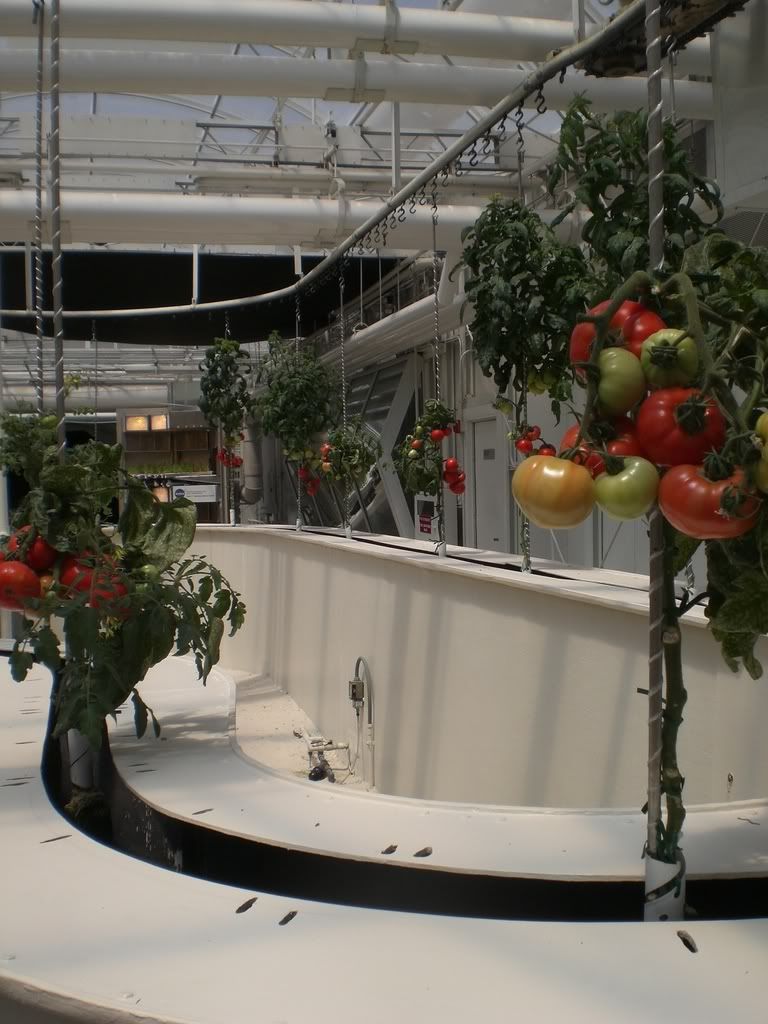
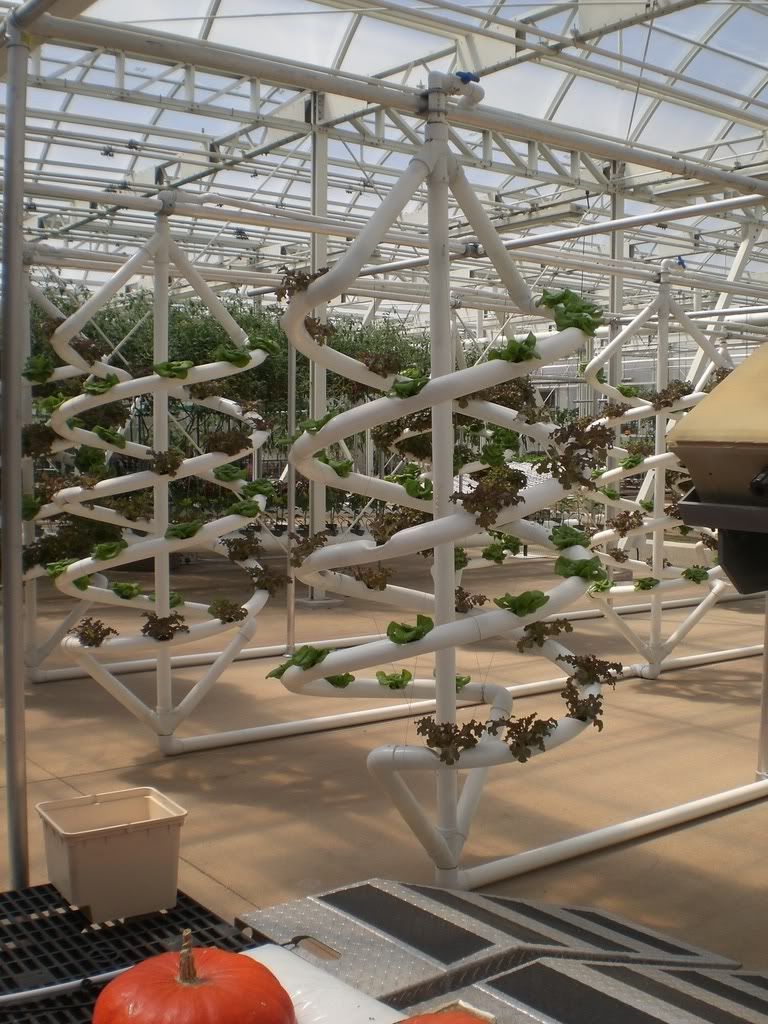
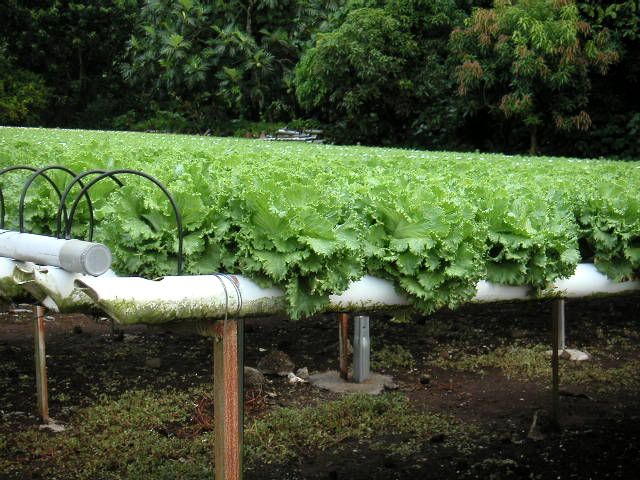
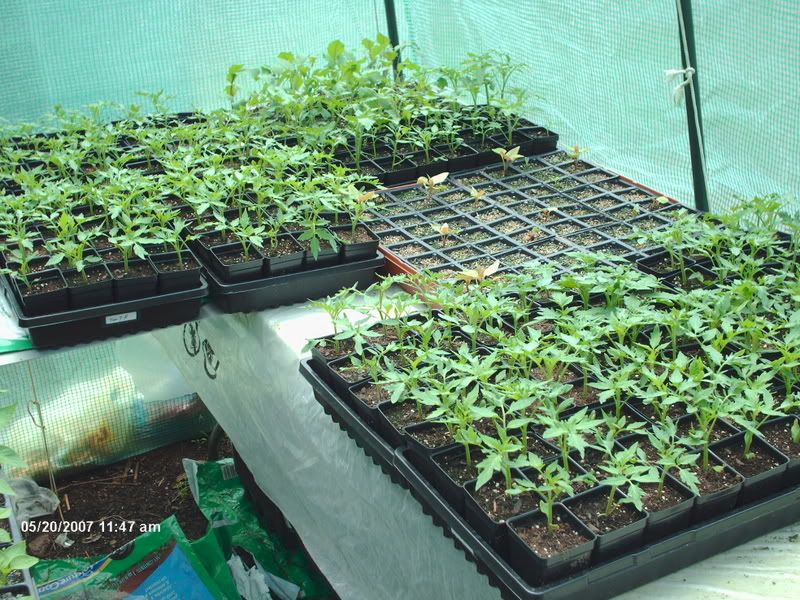
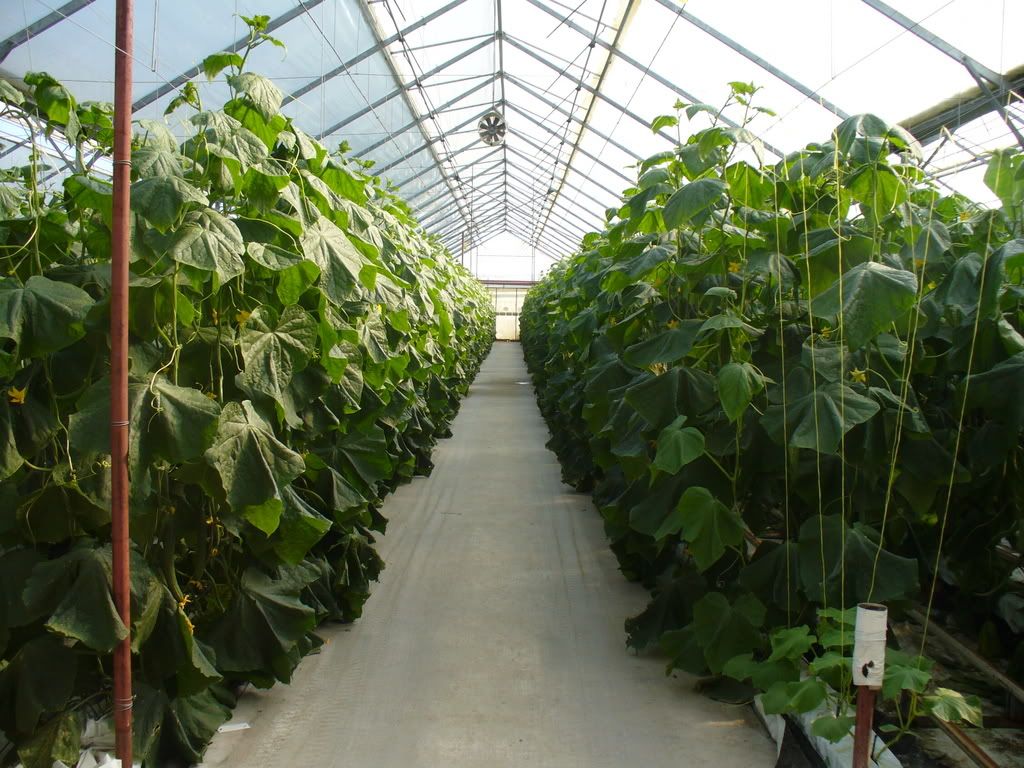
1 comment:
Oilheat.
According to OilHeatAmerica.com:
"The thermostat (1) sends a signal to the controls (2) on the burner (3). The fuel pump (4) draws oil through a filter (5) to the burner. The burner turns the oil into a fine spray, mixes it with air and ignites it in the combustion chamber (6), causing the chamber to become very hot. Air absorbs heat in the heat exchanger (7). A blower (8) sends this air through ducts..."
I don't know if oil is widely used for greenhouses, but someone is probably using it somewhere out there. If it's safe for us humans here at NORA, it's definitely safe for plants.
Post a Comment